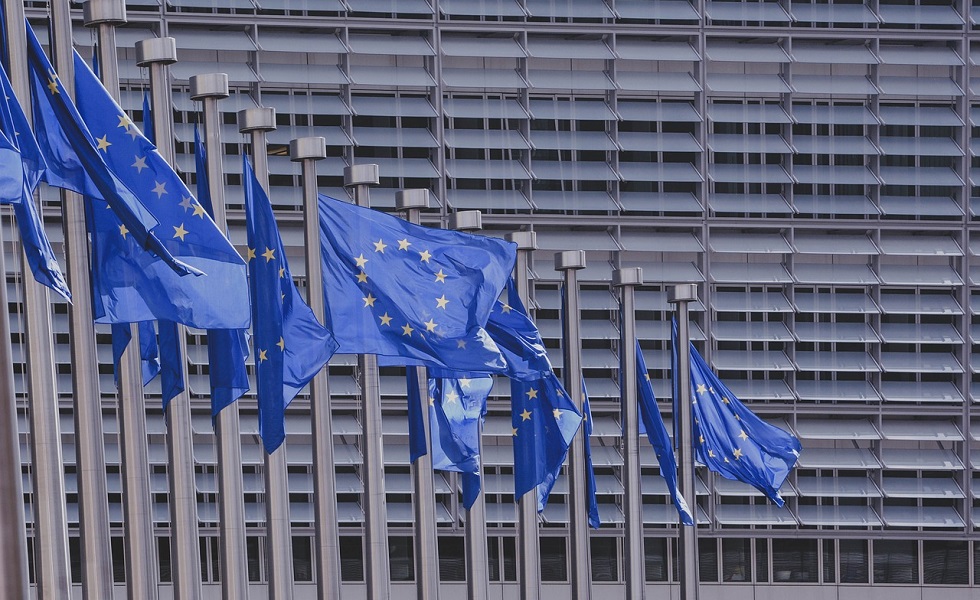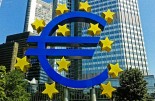Monex Europe: ECB to hike again in September as inflation data doesn’t improve
Monex Europe: ECB to hike again in September as inflation data doesn’t improve

Our long-held view was that the ECB had conducted its last hike at July’s meeting, after which growth and inflation conditions would lead the doves amongst the Governing Council to take the dominant position.
We expected this to result in a conditional pause at September’s meeting, with wage data keeping the door open to any future hikes, before the hard data turned significantly enough by October’s meeting for policymakers to take confidence that the disinflationary trend had formed, allowing them to extend the pause.
However, despite recent confidence and growth data supporting this view, the lack of progress in advanced wage and inflation measures suggests that the balance of risks now tilts towards a 25bps hike at September’s meeting.
As such, we have updated our terminal rate forecast for the deposit rate to 4% given we see the ECB’s data-dependency to be orientated more towards price and wage data which raises concerns over inflation persistence, as opposed to leading indicators that show a stagnation in eurozone growth at best.
Although EURUSD remains sensitive to front-end rate differentials, our more hawkish view on the ECB’s near-term policy path doesn’t translate into a more bullish outlook for the currency pair. After all, the central bank will now probably be seen hiking into a recession.
Data out of the eurozone over the past week has only increased concerns over inflation persistence, even as timely growth indicators suggest that a likely stagnation should do some of the ECB’s dirty work over time.
Starting with the PMIs. Despite showing growth and employment conditions cooling considerably in August, services firms reported that they continued to pass on higher input costs, namely higher wages, to the final consumer even as they experienced weaker demand conditions.
This stood in contrast to the PMI reports out of the US and UK, where given the slowdown in sales, firms were now accepting narrower profit margins to maintain competitiveness. Today’s release of the European Commission’s economic sentiment index report compounded the signal from the PMIs as selling price expectations amongst services firms increased for a second consecutive month, even as broader measures of sentiment cratered.
Furthermore, advanced wage data out of the eurozone for Q2 doesn’t necessarily give the doves amongst the Governing Council a credible basis to argue that inflation would eventually cool. Granted, negotiated wage growth at 4.3% YoY in Q2 was unchanged from the first quarter and fell in line with the ECB’s expectations, but the hawks will argue that the wage measure hasn’t necessarily turned a corner.
Furthermore, the reported 6.6% increase in wage growth in Germany in Q2, up from 5.6% in Q1, also suggests that services inflation may be more persistent even as the economy stagnates as real wage growth is now slightly positive.
Again, the data provides credible arguments for either side, with the doves likely to point to one-off bonuses and the lagged impact of minimum wage increases to downplay the importance of the data point. However, the data on the whole adds upside risks to the ECB’s compensation-per-employee and unit labour cost data released just a week before their next meeting on September 7th.
It was ultimately the flash inflation reports out of Spain and Germany that tipped the balance for us, however. In Spain, headline inflation was seen increasing by 0.3 percentage points to 2.6%, largely due to an uptick in wholesale electricity prices. The focus was therefore on the core measure, which also surprised expectations to the upside with just a 0.1pp decline to 6.1% YoY. Although forecasts aren’t supplied for the month-on-month reading, an uptick in the pace of underlying price growth from 0.1% to 0.3% is undoubtedly an unwelcome development.
Furthermore, regional inflation data released in Germany throughout the morning posed a consistent upside risk to the national measure, which ultimately exceeded expectations at 6.1% YoY, down only slightly from July. Similar to the North Rhine Westphalia reading released ahead of the European open this morning, the national data showed the pace of disinflation remained sluggish in services components, with the bulk of the impact offset by an uptick in core goods inflation to 7.1% YoY to leave the overall core measure flat at 5.5%.
On the whole, with the pace of disinflation remaining sluggish, and the French data also expected to show a renewed uptick tomorrow due to the increase in regulated electricity prices, we think the ECB will now find it hard to justify pausing the hiking cycle at this juncture. That is unless next week’s wage data shows credible signs of softening, which leading indicators suggest is unlikely.
We instead look for a final 25bps hike to all three policy rates, which would bring the deposit rate to a higher terminal rate of 4%. After September’s decision, however, we expect the latest 25bp increase to leave them in a more credible wait-and-see mode, leaving the risks of a further hike tilted towards December’s meeting when policymakers will have Q3 wage and GDP data to hand. By this point, however, we expect the data to strike a more uniform message, allowing the ECB to indefinitely extend the pause in its hiking cycle and for the debate to turn towards the balance sheet.








